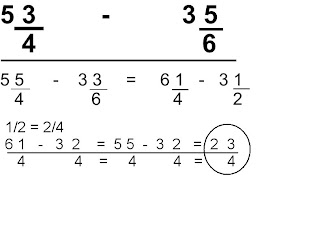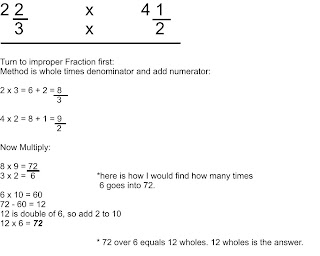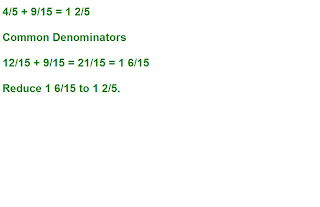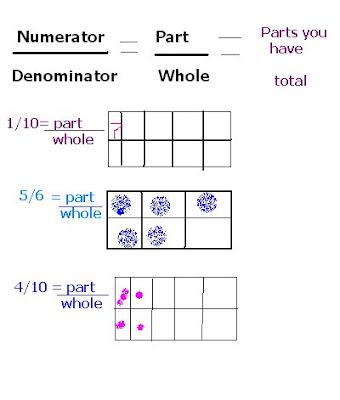Question 10: Mcdonalds sell milkshakes in two sizes. A small milkshake contains 300ml and a large milkshake contains 2/3 more.
How much does a large milkshake contain?
I divided 300 by 3 to get 100. So for every 1/3 is 100ml. Since a large milkshake is 2/3 more than a small it is 200ml larger (500ml).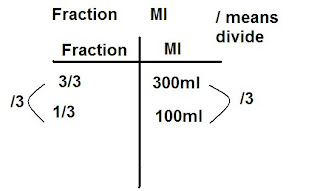
How much does a large milkshake contain?
I divided 300 by 3 to get 100. So for every 1/3 is 100ml. Since a large milkshake is 2/3 more than a small it is 200ml larger (500ml).

If Mr. Murrin drinks 2/3 of a small milkshake and Miss Hoyne drinks 1/2 of a large milkshake who drinks the most?
I used the same strategy from part A of this question and learned that Mr. Murrin drinks 200ml of milkshake. For Miss Hoyne I multyplied 500ml by 1/2 to get 250ml. Miss Hoyne drank more.
I used the same strategy from part A of this question and learned that Mr. Murrin drinks 200ml of milkshake. For Miss Hoyne I multyplied 500ml by 1/2 to get 250ml. Miss Hoyne drank more.

Question 11: Half a can of paint covers 1/3 of a room. How much paint is needed to cover the whole room?
This one was really easy. I multyplied 1/3 by three which got me 3/3 or one whole. If I did this I have to do the same to 1/2 of a can. 1/2 multyplied by 3 equals 1 1/2. 1 1/2 cans is needed to paint the whole room.
This one was really easy. I multyplied 1/3 by three which got me 3/3 or one whole. If I did this I have to do the same to 1/2 of a can. 1/2 multyplied by 3 equals 1 1/2. 1 1/2 cans is needed to paint the whole room.

Hopefully I did this scribe right because this is my first scribe ^_^

